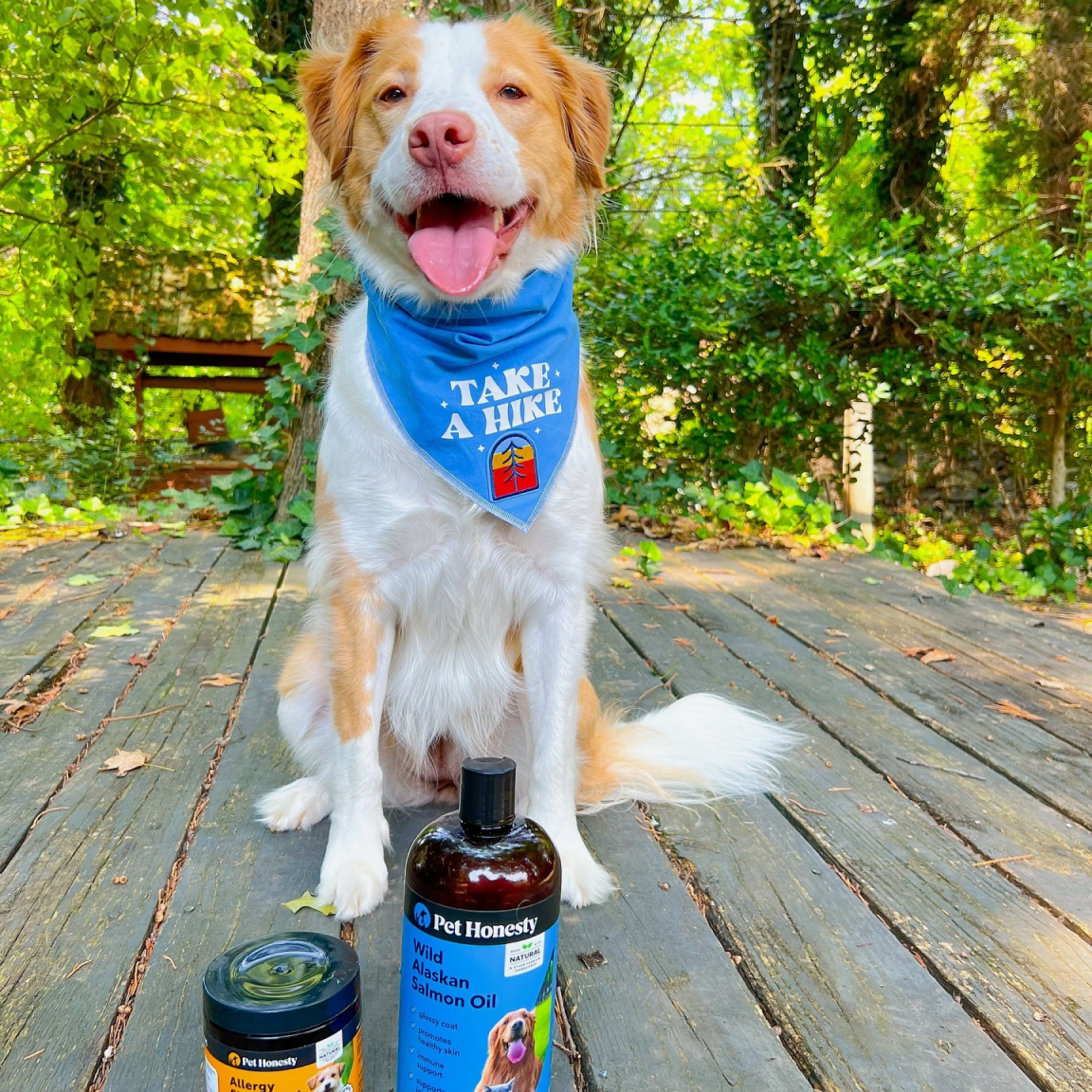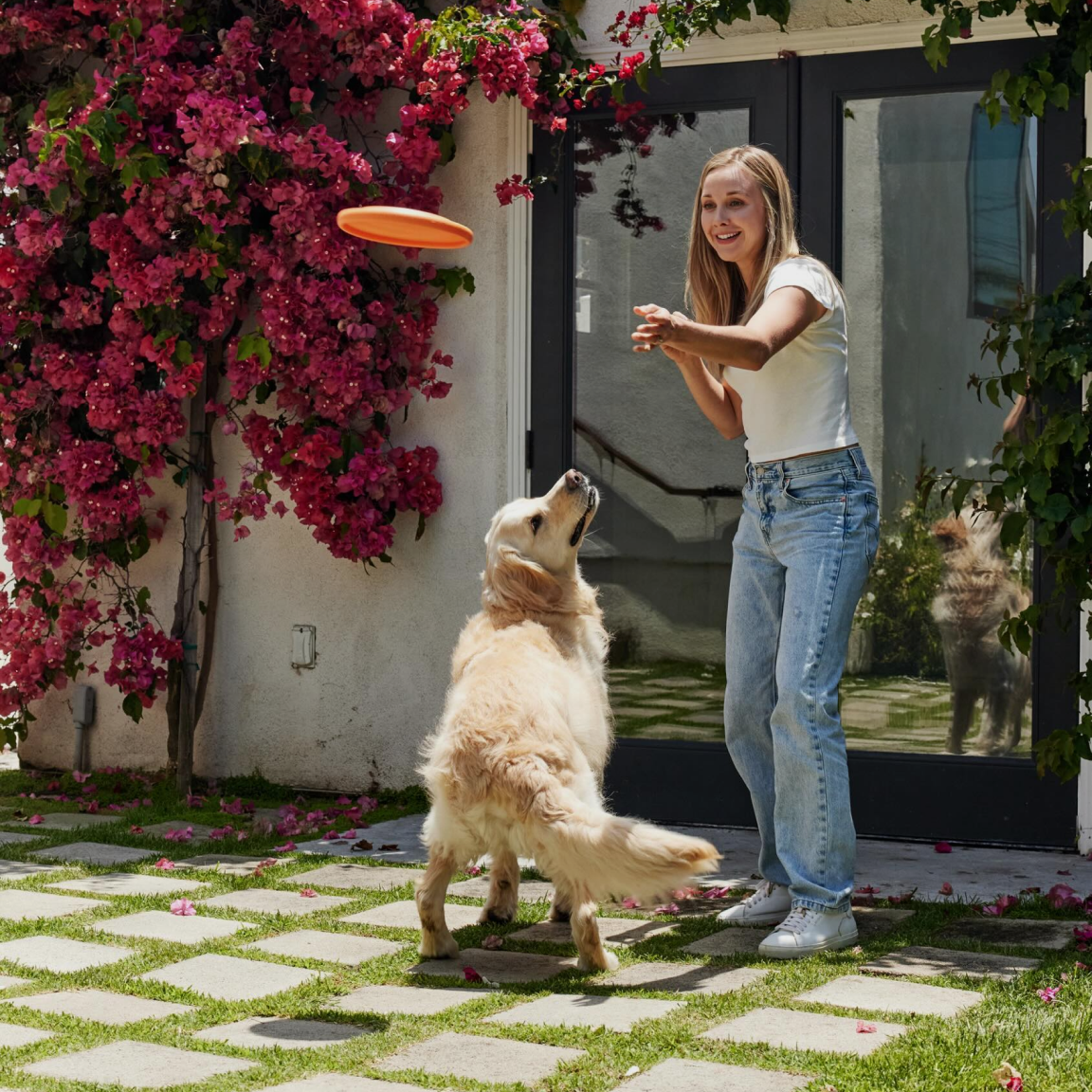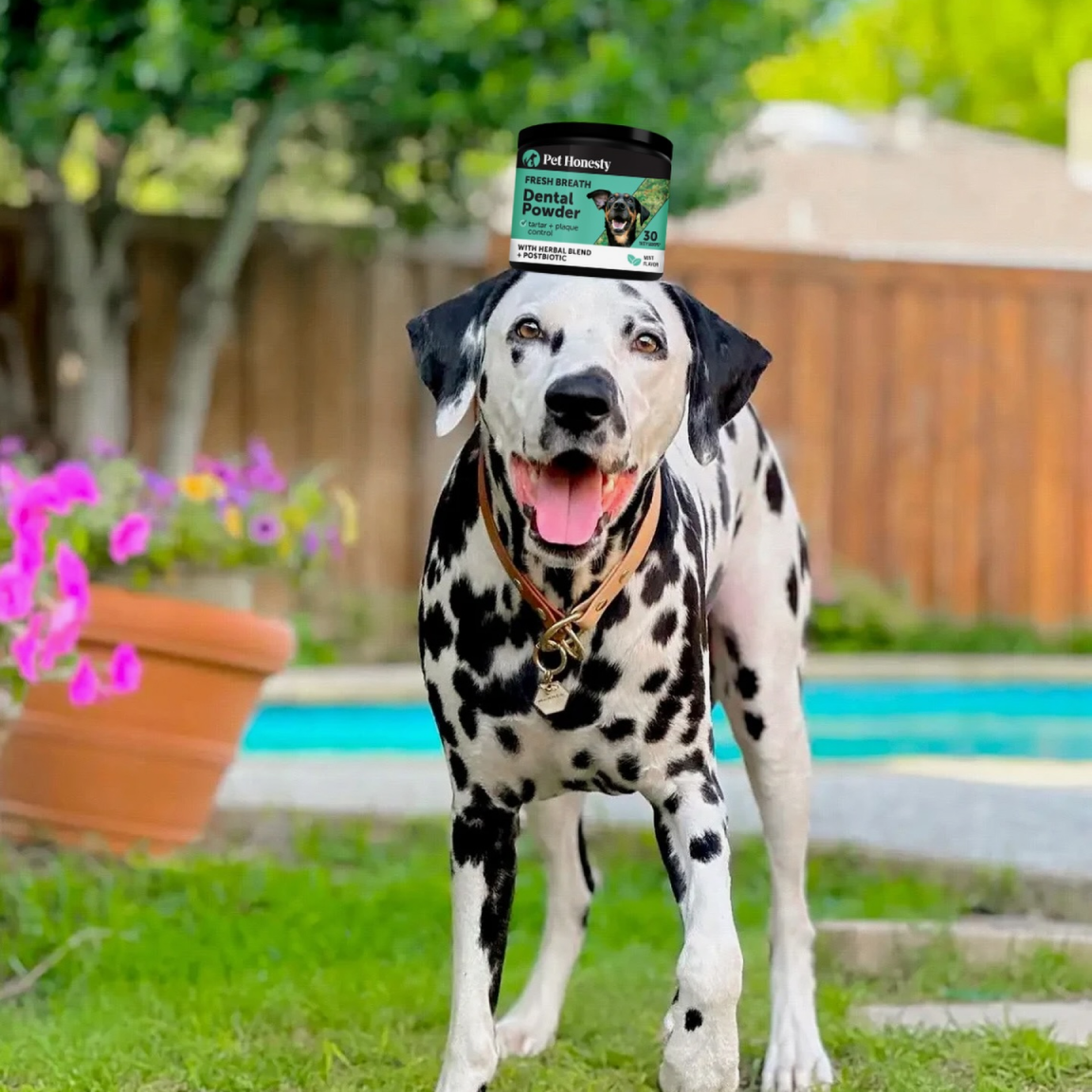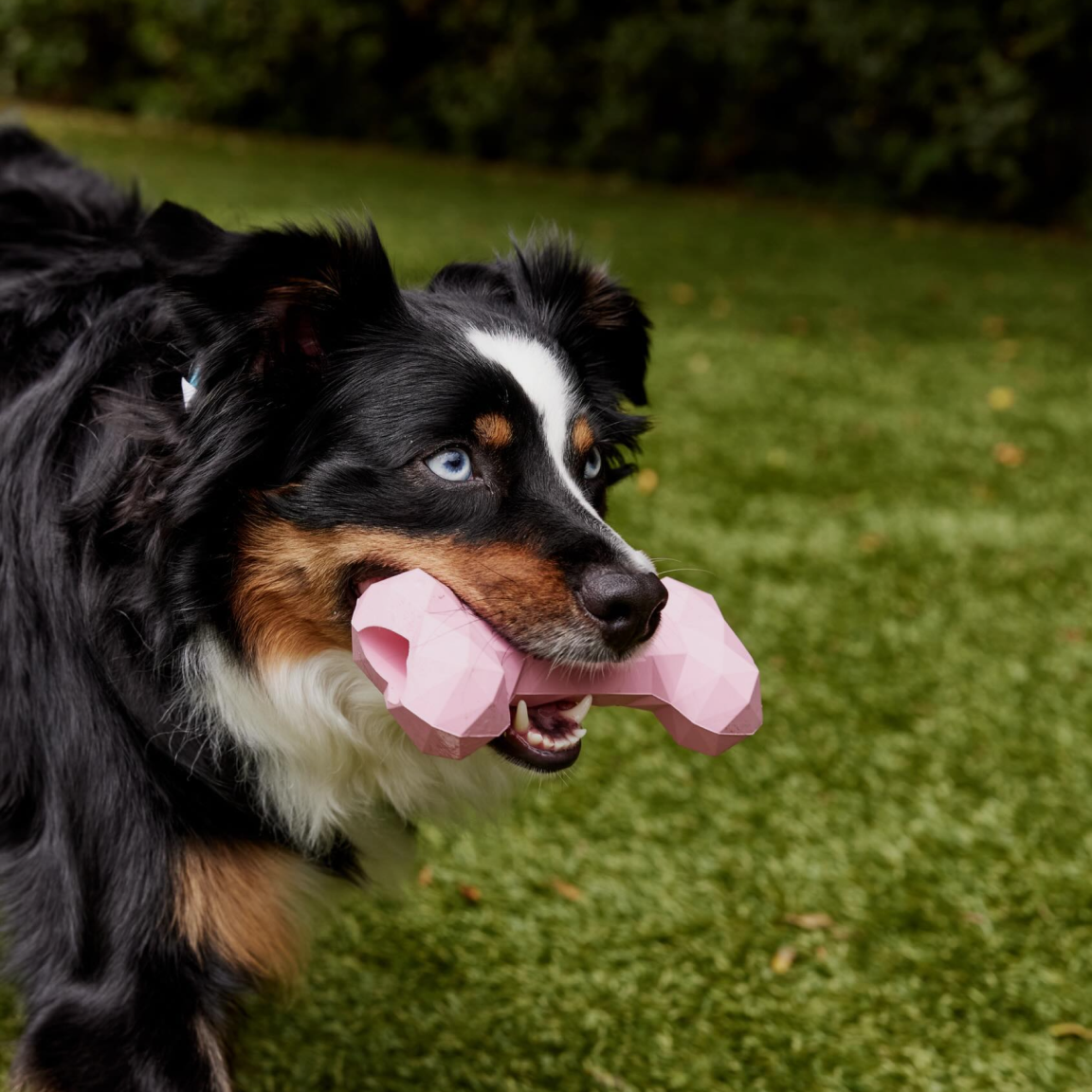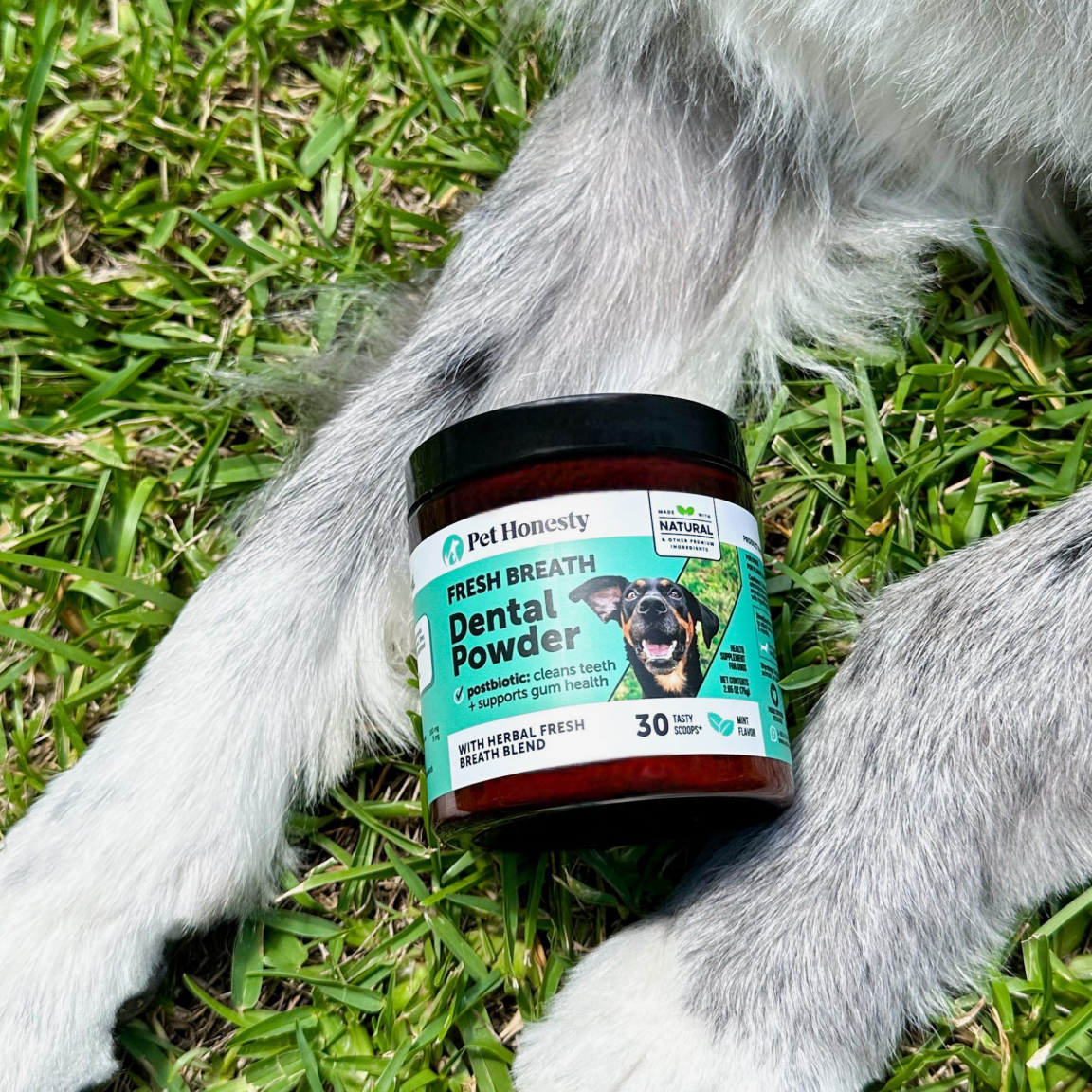Cats vs. Dogs: Who Sheds More?
In a battle of cuteness, it’s a draw. But in a showdown about whether dogs or cats shed more, it’s not so simple. Both cats and dogs lose hair, but excess fluff depends greatly on the breed, the season, and the situation.
Healthy dogs and cats, like all animals with fur, shed regularly to remove dead hair and keep the skin healthy. While there are non-shedding small dogs, larger breeds that don’t shed as much, and hypoallergenic cats, most furry friends will naturally lose hair throughout the year.
Whether a dog sheds more than a cat depends on a lot of factors. Cat fur is usually finer than that of a dog, so it can stay airborne and be more noticeable. But some dogs leave hair everywhere, too.
But do all cats shed? Not every breed! Are there dogs who shed less? The answer is yes!
One way many pet owners reduce their animals’ seasonal shedding is with proper grooming using products like Pet Honesty’s Gentle Grooming Essentials. Caring for your pet and understanding the reasons why they shed can help you keep a cleaner, less fur-filled home.
What Causes Shedding?
Before getting into which dogs shed the least and how to reduce cat shedding, it’s useful to understand the reasons why furry animals shed in the first place.
Seasonal Changes
Most dogs and cats shed to prepare their coat for seasonal changes in temperature. During the springtime, furry animals shed much of their thick coats through the molting process to stay cool when it gets hot. Then during the fall, they molt again to prepare to grow a thicker coat.
Stress
If you’ve ever found yourself wearing a hairshirt when holding your pet in the veterinarian’s office, you know that stress can cause shedding, too. Constantly stressed animals may not groom themselves properly, which can make the problem worse.
Health-Related Causes
Shedding can also be a sign that something isn’t right with your animal friend. Shedding hair can happen if your dog or cat has parasites like fleas or mites. Other health-related concerns that may cause shedding include endocrine diseases like diabetes and interactions with certain medications.
Signs that shedding may be a problem include:
-
Hot spots on the skin
-
Bald patches
-
Constant scratching
-
Inflammation
-
Bad odor
-
Weight changes
-
Accompanying gastrointestinal signals
-
Skin problems like crusting or dark patches
If any of these are present, be sure to talk to your vet, as these conditions can be serious when not fully evaluated.
Diet
Poor nutrition is another cause of shedding that you can address. Be sure…
Coat Types
Finally, some dogs and cats are just furrier than others! Thicker coats will shed more simply because there is more hair to lose. Fluffy cats like Maine coons, Persians, and Ragdolls are big shedders, while Labrador retrievers, Newfoundlands, and Pekingese dogs shed a lot.
So if you ask, “Why is my cat shedding so much?” or if you’re wondering how to control dog shedding, remember that sometimes that’s just the way it is — at least, if you don’t happen to own one of the best non-shedding dog and cat breeds.
What Breeds Shed the Least?
Want non-shedding cats or no-shed dogs? They exist. Many are hypoallergenic so can be good choices for pet lovers with allergies.
So what dogs don’t shed? For big dogs that rarely shed and small dog breeds that don’t shed, look at:
-
Bichon Frisé
-
Poodle
-
Irish Water Spaniel
-
Bedlington Terrier
-
Afghan Hound
-
Chinese Crested Dog
-
Portuguese Water Dog
-
Maltese Sog
-
Greyhound
-
Shih Tzu
-
Yorkshire Terrier
-
Miniature Schnauzer
For a list of cross-breed dogs that don’t shed, check out Goldendoodles, Labradoodles, Shih-Poo, Border Terriers, and Poochons.
Wondering what types of cats don’t shed? Check out these hypoallergenic breeds:
-
Bengal
-
Siamese
-
Javanese
-
Sphynx
-
Russian Blue
-
Oriental Shorthair
-
Siberian
-
Devon Rex
-
Balinese
-
Burmese
-
Cornish Rex
How To Manage Shedding
If you already have a fluffy furball you love in your family, you’ll want to know how to control cat shedding or how to stop dog shedding. First, schedule a visit to the vet to ensure there isn’t an underlying medical condition. Then try these ideas.
Grooming Techniques
Develop a regular shampoo routine with a trusted anti-itch formula like Pet Honesty’s Allergy Anti-Itch Shampoo. For dogs, it may be best to start the routine outdoors. Brush your furry friend, then wet and apply the shampoo with a gentle massage. Be sure to keep the soap out of their eyes.
For cats, fill a sink with lukewarm water. You may want to get a friend or family member to help as you ensure the shampoo and water stay out of your kitty's eyes.
After bathing, dry your cat or dog quickly with a soft towel.
Environmental Factors
Even if you have a breed of cat or dog that doesn’t usually shed, you may want to adjust your air conditioning and heating. Temperatures can confuse an animal’s internal clock and cause even low-shed dogs and cats to drop hair all year long.
Shed the Myths
Whether you have cat and dog breeds that don’t shed or an exceptionally fluffy friend, you want them to be healthy and happy — without living with piles of fur all over your home! The first step to know how to control dog shedding and keep cat dander under control is to schedule regular vet check-ups to monitor skin and coat health.
High-quality skin and coat supplements also help maintain your pet’s health and keep their fur from falling everywhere. Check out Pet Honesty for supplements and grooming products to help reduce excessive shedding today.









